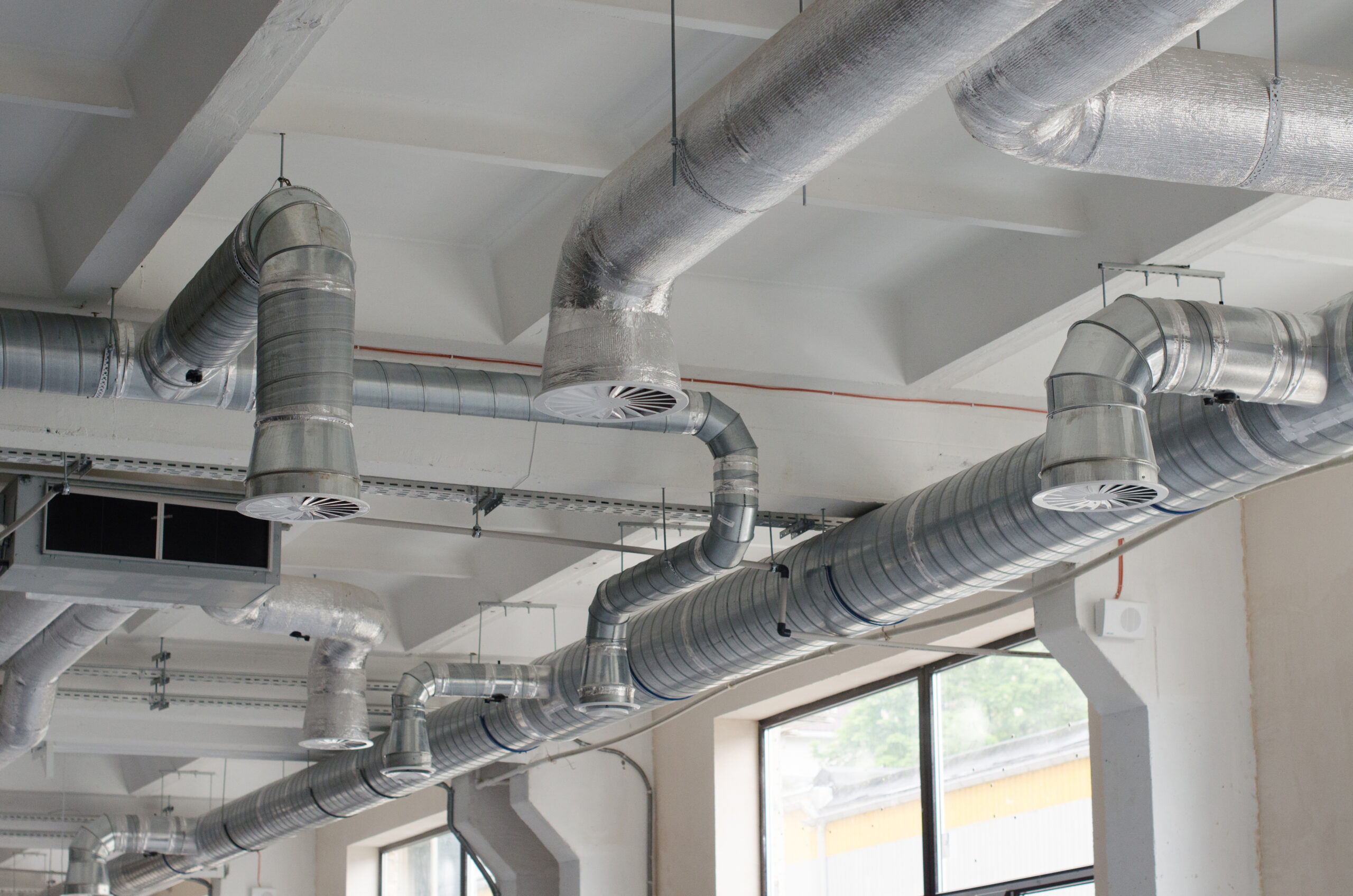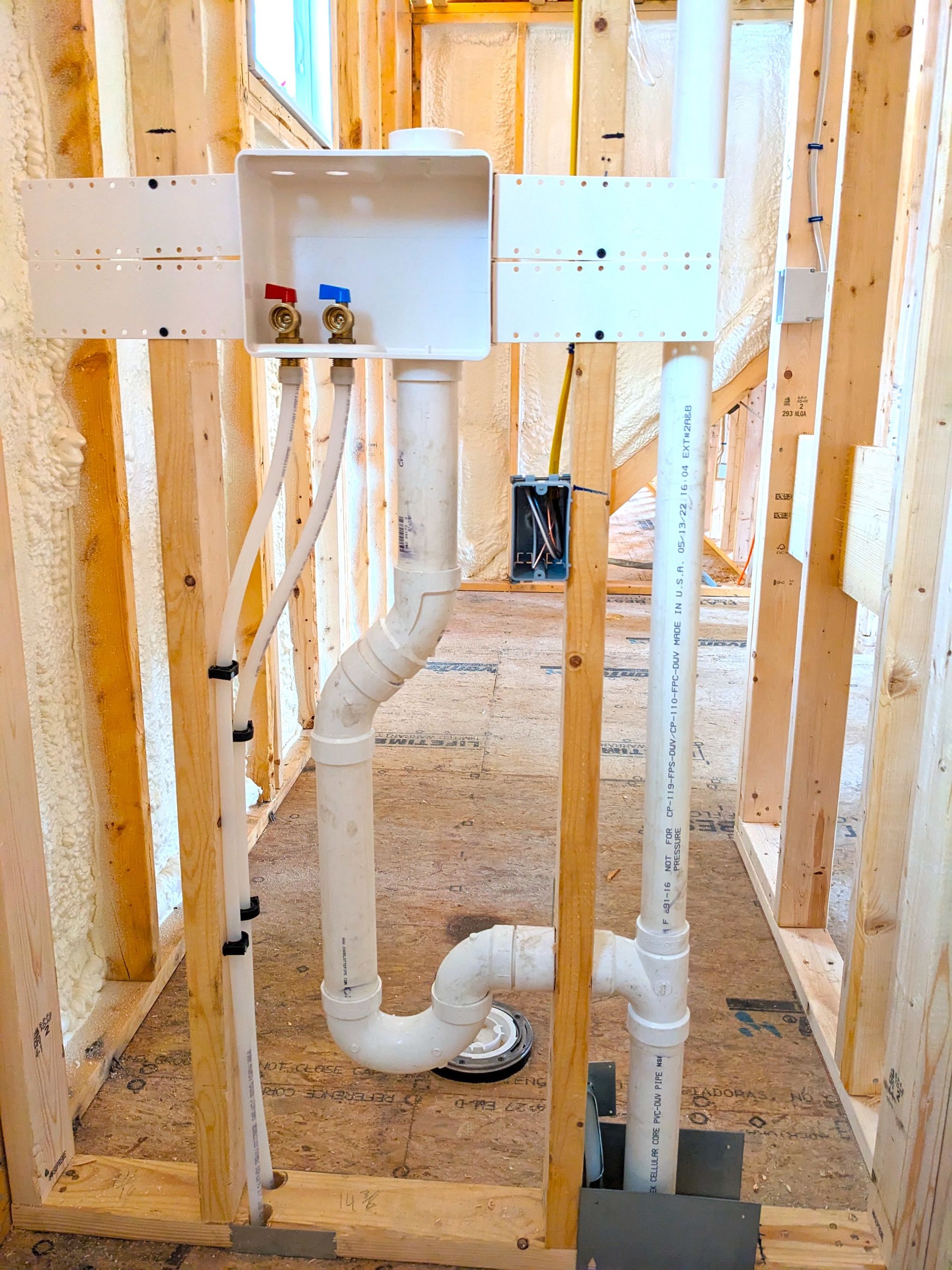Why Correct Ventilation is Vital for Plumbing Systems
Why Correct Ventilation is Vital for Plumbing Systems
Blog Article
The article which follows involving What Is A Plumbing Vent & How Do They Work? is without a doubt fascinating. Try it and make your own personal conclusions.

Proper air flow in pipes systems is frequently forgotten, yet it is vital for preserving the performance and safety of your home's pipes. Ventilation assists control atmospheric pressure, avoid the accumulation of damaging gases, and ensure the efficient elimination of waste. In this overview, we will certainly discover the relevance of correct pipes ventilation, how it works, and the benefits it gives your plumbing system.
Exactly How Ventilation Works in Pipes Systems
Atmospheric Pressure Law
Appropriate air flow preserves balanced atmospheric pressure within the pipes system. When water flows through pipelines, it displaces air. Without adequate ventilation, this displacement can develop unfavorable pressure, bring about slow drains pipes or siphoning of water from traps, which can cause undesirable odors to seep into the home.
Avoiding Sewage System Gas Build-up
One of the most critical features of pipes vents is to avoid drain gases, such as methane and hydrogen sulfide, from accumulating within the home. These gases can position severe wellness risks and are highly combustible. Vent pipes permit these gases to run away securely outside.
Helping in Waste Removal
Ventilation aids in the reliable removal of wastewater by preventing airlocks in the drain system. When air can move freely through the vents, it permits water and waste to flow efficiently with the pipes, reducing the danger of blockages and back-ups.
Advantages of Appropriate Ventilation
Improved System Performance
Effectively aerated plumbing systems run extra successfully, with fewer blockages, faster draining, and less strain on the pipelines. This effectiveness expands the lifespan of the pipes system.
Improved Air Top Quality
By avoiding sewage system gases from entering your home, appropriate ventilation adds to far better indoor air quality, making your living atmosphere healthier and more comfy.
Protecting Against Water Damage
Ample air flow helps avoid water from being siphoned out of catches, which can bring about sewer gases getting in the home and triggering water damages with time.
Steps to Make Certain Appropriate Air Flow
Consulting Pipes Codes
Constantly consult regional pipes codes when designing or changing your pipes system. These codes provide the necessary guidelines for appropriate airing vent and guarantee your system meets safety standards.
Regular Evaluation and Maintenance
Routine inspections can help recognize prospective ventilation problems prior to they end up being major issues. Maintenance tasks, such as cleaning air vent pipelines and checking for blockages, are crucial for keeping the system in good working order.
Professional Setup
For new installations or significant modifications, it's important to work with a professional plumbing professional. They have the competence to guarantee the ventilation system is appropriately developed and set up according to code.
Understanding Ventilation in Plumbing
Ventilation in pipes describes the network of pipes that allow air to flow with the drain system. These vents serve multiple purposes, consisting of regulating atmospheric pressure within the pipelines, stopping drain gases from getting in the home, and aiding in the smooth circulation of wastewater.
Kinds Of Pipes Vents
Key Heap Vent
The major stack air vent, likewise called the air vent pile, is the key air vent in a plumbing system. It prolongs from the primary drain line up through the roof covering, permitting gases to escape and fresh air to go into the system.
Branch Vent
Branch vents attach to the primary stack vent and serve private fixtures, such as sinks, toilets, and showers. These vents ensure that each component has adequate air flow to function appropriately.
Air Admission Valve (AAV).
An Air Admittance Valve (AAV) is a one-way shutoff that enables air to enter the plumbing system without the requirement for a conventional vent pipeline prolonging through the roofing system. AAVs are generally utilized in improvements or locations where setting up a common air vent is not practical.
Signs of Poor Air Flow in Pipes.
Slow Draining Fixtures.
If your sinks, tubs, or bathrooms are draining pipes slowly, it could be an indication of bad ventilation. Insufficient air flow can produce a vacuum effect, making it challenging for water to drain appropriately.
Gurgling Seems.
Gurgling sounds originating from drains pipes are commonly an outcome of air being drawn with water traps because of negative stress in the pipes. This is a clear indication of not enough air flow.
Undesirable Smells.
Drain smells inside your home are a red flag that your pipes system is not properly aerated. This can imply that drain gases are not being sufficiently vented outside, leading to potentially harmful problems.
Common Ventilation Mistakes.
Inadequate Vent Sizing.
Utilizing small vent pipes can bring about inadequate air circulation and pressure discrepancies in the system. It's vital to make use of vents that satisfy the particular demands of your pipes system.
Improper Vent Placement.
Placing vents too much from the fixtures they serve can decrease their effectiveness. Proper placement guarantees that air can stream easily and efficiently via the system.
Disregarding Code Needs.
Building ordinance supply specific standards for pipes ventilation. Neglecting these codes can cause a system that fails to work appropriately and may result in expensive repair work or carcinogen.
Verdict.
Proper ventilation is a crucial element of any pipes system, ensuring that it functions successfully and safely. By understanding the relevance of ventilation, identifying the indications of inadequate ventilation, and taking actions to maintain your system, you can stop expensive issues and protect your home's air quality.
4 Things You Should Know About Your Plumbing Vents
What Plumbing Vents Are
Also called a vent stack, a plumbing vent is a vertical pipe attached to your drain line that runs through your roof. The plumbing vent pipe, or plumbing air vent, removes gas and odors from your plumbing system and allows fresh air to enter the pipes, helping the water to flow out of the drain pipes.
What Plumbing Vents Do
Plumbing vents have two basic functions. One of which is to allow unpleasant smelling wastewater and sewer gasses to escape your plumbing system instead of entering your home. Plumbing vent pipes are typically located on roofs, away from windows, to ensure the fumes exit the home completely.
The other function of the plumbing vent is to move fresh air into your plumbing system. This helps move water through every plumbing fixture in your house, like toilets and sink drains. Think of the way in which you need to let a little air into the bottle as you pour soda in order to make the drink flow smoothly.
Different Types of Plumbing Vents
True vent: This is the most common vent option. In simplest terms, a true vent is a vertical pipe attached to your drain line that exits through the roof. They often function as the main vent that other fixtures can connect to. Re-vent pipe or auxiliary vent: Attached to the drain line near specific plumbing fixtures, re-vent pipes run up and over to connect to the main vent. Common vent: Two plumbing fixtures installed on opposite sides of a wall are typically tied into the vent stack using something known as a sanitary cross. Wet vent: This venting option operates as a drain pipe and a vent at the same time. Wet vent drainage systems drain water from one fixture while venting the air from another. Although they’ve been used for over 100 years, wet vent systems have only recently been added to the plumbing code in many areas. If you’re planning on installing one in a bathroom remodel, make sure you check your local code prior to construction. Loop vent: For free-standing fixtures like kitchen island sinks, loop vents are ideal. These vent pipes run under the floor, rise from the P-trap, and create a loop inside the cabinet sink. Air admittance valve: An AAV is a one-way mechanical valve typically installed at the site of the plumbing fixture. AAVs allow venting to occur without having to tie into a larger venting system. They’re ideal for venting fixtures where you aren’t able to easily connect to an existing vent system. Common Plumbing Vent Issues
Although vent pipes typically don’t have water flowing through them, they’re still subject to many typical plumbing issues. For example, clogs are one of the most common problems associated with sewer vent pipes. If your vent pipe gets clogged, all of your plumbing fixtures tied into the vent stack will be affected.
A sink with a slow drain that bubbles and gurgles or a strong sewage smell around your toilet are both indicators that your toilet vent pipe is clogged. Because most vent pipes exit through the roof, old leaves, twigs or even a bird’s nest could be clogging the pipe.
Clogs in your vent pipe system cause a buildup of negative pressure, meaning that water won’t be able to flow out of your home very well. It’s similar to putting your finger over the opening of a straw to trap water inside. When you remove your finger, the water is able to flow out of the straw.
If you suspect you have any blockage in your vent, make sure you have a professional come examine the situation. Left unchecked, a blocked air vent can lead to other costly repairs, like leaks and sediment buildup.
Under Pressure
Pipe vents are essential aspects of a home’s plumbing system. Owning a home means learning about all sorts of things you never put much thought into before. But by understanding as much as you can about the important systems of your home, you can keep those budgets intact and those anxiety levels low.
https://www.homeserve.com/en-us/blog/home-improvement/plumbing-vents/

Do you like more info about What Is a Plumbing Vent and Why Is It Important? Post a remark directly below. We would be glad to know your thinking about this page. Hoping that you come back again soon. Sharing is good. Who knows, you could be helping someone out. I praise you for your time. Come back soon.
Learn More Report this page